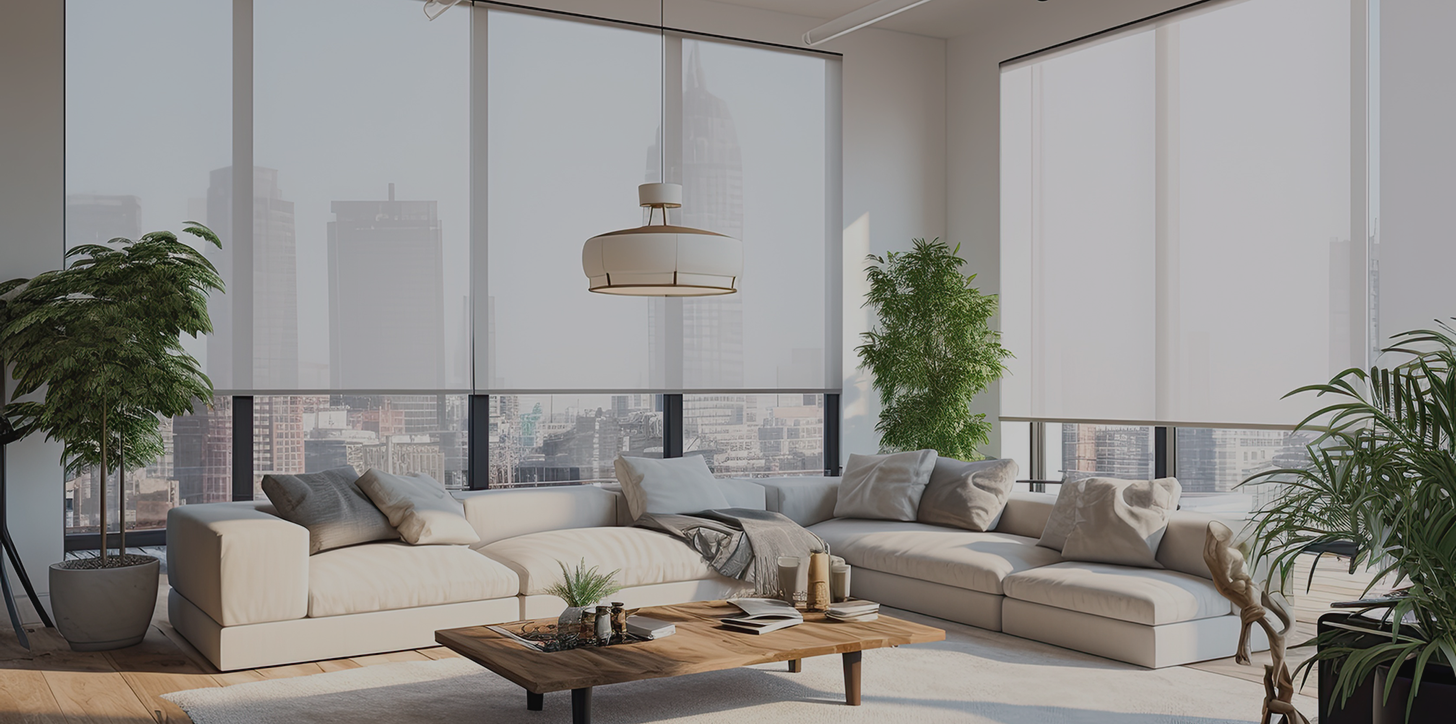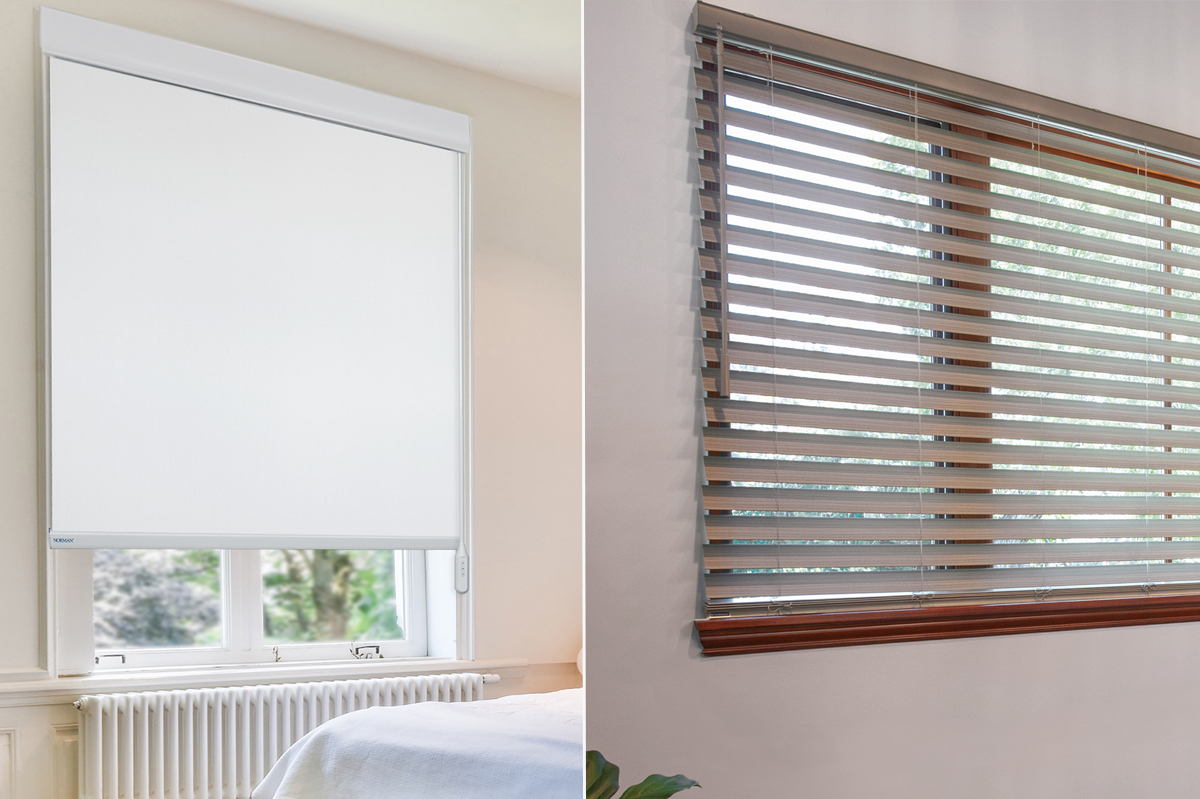When it comes to choosing window treatments, homeowners often face the dilemma of selecting between blinds and shades. While both serve the purpose of controlling light and providing privacy, they differ significantly in design, functionality, and style. Here’s a closer look at the key differences between blinds and shades to help you make an informed decision for your home.
1. Design and Structure
Blinds are made of individual slats or vanes that can be tilted to control light and privacy. These slats can be horizontal or vertical, depending on the type of blinds. Blinds are typically made from materials like wood, faux wood, aluminum, or vinyl, offering a sturdy and structured look.
Shades, on the other hand, are made from a continuous piece of fabric or material that can be rolled up or down. Unlike blinds, shades do not have slats; instead, they offer a smooth surface that can filter or block light when lowered. Shades come in various styles, including roller shades, Roman shades, cellular shades, and pleated shades.
2. Light Control and Privacy
Blinds offer greater flexibility in light control and privacy due to their adjustable slats. By tilting the slats, you can control the amount of light entering the room and the level of privacy. This makes blinds an excellent choice for spaces where precise light adjustment is needed.
Shades, while offering different levels of light filtration, do not provide the same level of adjustable light control as blinds. They are either open or closed, although some shades, like top-down/bottom-up shades, offer more versatility. Shades are ideal for creating a soft, diffused light effect and are available in varying opacities, from sheer to blackout.
3. Aesthetic Appeal
Blinds have a more structured and classic appearance, suitable for both modern and traditional interiors. They offer a clean and functional look that can be easily matched with various decor styles.
Shades, with their soft and continuous fabric, provide a more elegant and seamless look. They come in a wide range of colors, patterns, and textures, allowing for greater customization and coordination with interior design elements. Shades are perfect for adding a touch of sophistication and warmth to a room.
4. Insulation and Energy Efficiency
Shades, particularly cellular shades, are known for their insulating properties. The honeycomb structure of cellular shades traps air, providing better insulation and helping to regulate indoor temperatures. This can lead to energy savings and increased comfort.
Blinds, while effective at blocking direct sunlight, do not offer the same level of insulation as shades. However, certain materials like wood or faux wood blinds can provide some degree of insulation.
Ultimately, choosing between blinds and shades ultimately depends on your specific needs and preferences. Blinds offer precise light control and a classic look, while shades provide a softer, more elegant aesthetic with varying degrees of light filtration and insulation. By understanding the differences, you can select the window treatment that best suits your home’s style and functionality requirements.
Interested in learning more, or need help finding a window treatment that fits your needs? Call us at 888.777.7260, or email us at nreyes@jmrblindsinc.com today.


